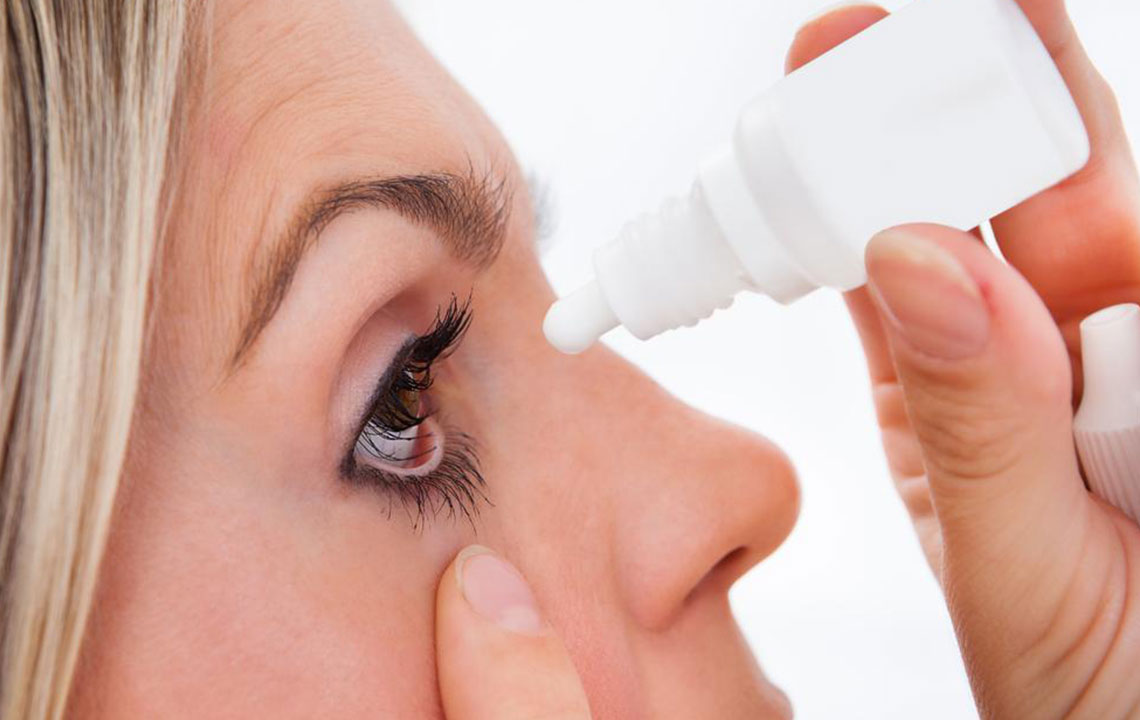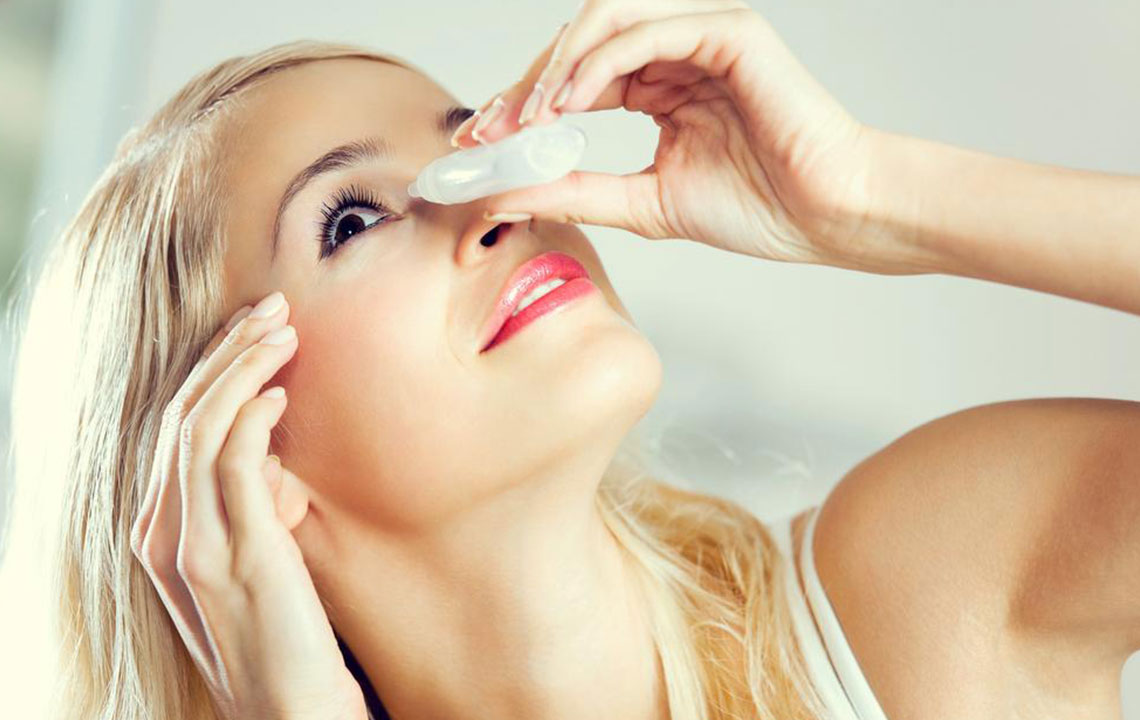Comprehensive Guide to Dry Eyes: Causes, Symptoms, and Effective Treatments
This article offers an in-depth overview of dry eyes, explaining causes, symptoms, and treatment options. It emphasizes the importance of early diagnosis and proper management to prevent complications. Learn about the roles of different glands, common triggers, and effective remedies to maintain eye health and comfort.

Comprehensive Guide to Dry Eyes: Causes, Symptoms, and Effective Treatments
Dry eye syndrome occurs when the eyes do not produce enough tears or when tears evaporate too quickly, resulting in discomfort and dryness. This common condition can impair quality of life, leading to irritation, redness, and blurred vision.
Symptoms often include inflammation, a gritty sensation, burning, redness, tenderness, and the feeling of foreign particles. Sometimes, tears overflow as a reflex response, even when eyes are dry.
Treatment promptly is crucial to prevent damage. Tears consist of oils, water, and mucus, all essential for maintaining eye health. These components combat infections, wash away dust, and protect the cornea.
The three layers that support eye health include oil, mucus, and aqueous liquid. Lipids reduce tear evaporation, mucus ensures even distribution, and water maintains moisture. These are produced by specialized glands: Meibomian glands secrete oils, lacrimal glands produce water, and goblet cells generate mucus. Malfunction in any layer can lead to dry eyes.
Meibomian glands create the oil layer.
Lacrimal glands produce the aqueous component, with deficiencies causing aqueous dry eye.
Goblet cells in conjunctiva secrete mucus.
If you suspect dry eye symptoms, consulting an eye specialist is advisable. They can perform tests to identify the cause and recommend treatment options. Common triggers include:
Decreased tear production
Age-related factors
Medications such as antihypertensives, acne treatments, contraceptives, or Parkinson’s drugs
Laser eye procedures
Hormonal therapies, decongestants, antihistamines, antidepressants
Underlying health issues like Sjogren’s syndrome, diabetes, thyroid problems, or vitamin A deficiency
Gland damage from inflammation or radiation
Faster tear evaporation
Enhanced tear evaporation
Exposure to wind, smoke, dry environments
Inward or outward eyelid misalignment
Prolonged focus on screens or reading without blinking
Imbalance in tear composition
Diagnosis and Treatment
Eye examinations by specialists confirm dry eye presence, as symptoms alone are not definitive. Early detection and understanding causes prevent worsening. Treatment strategies include:
Taking regular breaks during screen use
Using artificial tears for lubrication
Prescribed medications to increase tear production and reduce inflammation
Following medical guidance for faster recovery


